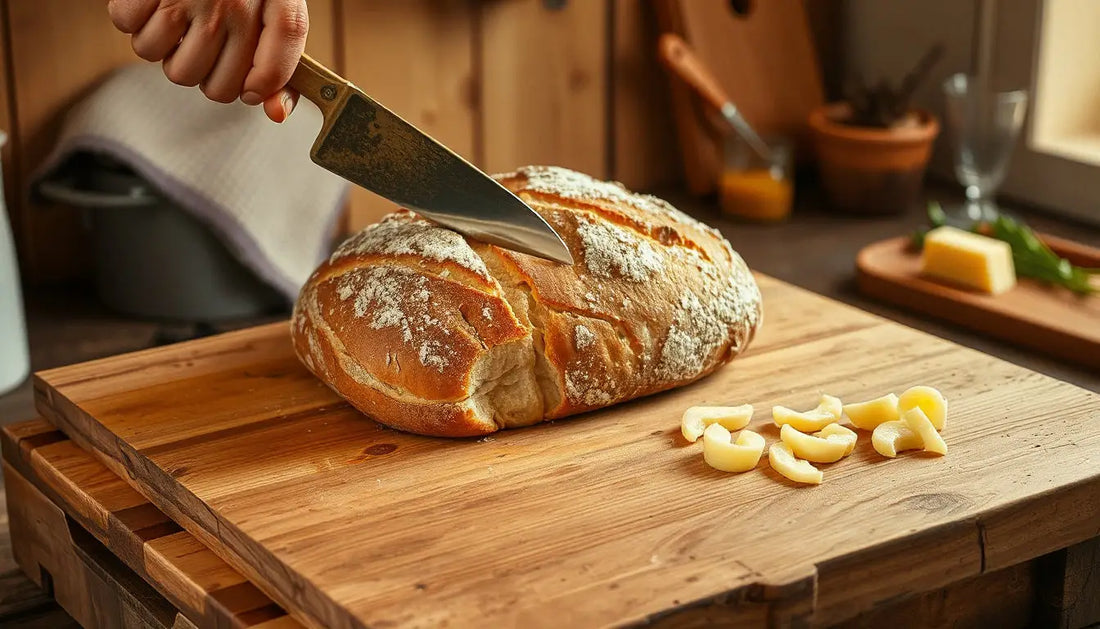
Wood vs. plastic: Which cutting board is more hygienic?
In my kitchen there is a wooden board Made of oak, which, with its long history of use, almost seems like an old friend. Every year, it seems to have engraved even more stories, stories of favorite dishes or experimental family meals. But I keep asking myself, "Is this even hygienic?"
We want to get to the bottom of precisely this question. Not just through mere opinions, but based on scientific findings and practical experiments, complemented by a pinch of passion for a material that has found its way into our culinary hearts.
Wood vs. plastic: What does science say?
There is often heated debate about whether a oak cutting board or that one made of plastic is more hygienic. However, science speaks quite clearly here: wood is by no means outdated; rather, it proves to be an impressive natural product.
Wood: The natural protective barrier
The ability of wood to prove itself as a true hygiene talent is made possible by the following properties:
Tannins: Wood species such as oak contain natural substances that actively reduce the formation of germs.Pore structure: The pores of wooden boards trap bacteria, where they then die, which is not the case with plastic.Self-healing: Even if a wooden board is scratched, such marks can often be easily sanded down, thus restoring the board.A study by the University of Wisconsin shows that bacteria on wooden surfaces die within hours – a fact that is known only to a few and therefore contributes enormously to wooden board hygiene contributes.
Plastic: Hygiene at first glance
Although plastic boards may seem easier to clean at first glance, over time cuts can become a permanent home for bacteria, even after machine washing.
A survey from Great Britain showed that bacteria can remain active on plastic surfaces for up to 72 hours – dear plastic lovers, that makes you think, doesn’t it?
Myths and misunderstandings
"Wood is unhygienic." That's not true, as wood often offers better hygiene conditions than plastic. "Plastic is easier to maintain." Yes, but only to a certain extent. Once deep grooves are involved, things look different. "Deep cuts are a problem with wood." That's not entirely true either; wood is easy to renovate.
Test yourself: Wood vs. plastic
Try this little experiment at home: Cut a garlic clove first on a wooden board, then on a plastic board. After an hour, smell both – and lo and behold, the wooden board will smell less of garlic, thanks to the wood's antibacterial properties.
A look into history: Why wood has been convincing for centuries
Already in the Middle Ages sustainable cutting boards Wooden knives are a given in European kitchens. Robustness and antibacterial properties were paramount. To this day, many traditional butchers swear by wood because it's durable and gentle on knives.
Sustainability: Wood with the smaller footprint
Wood is sustainable, regional and biodegradable and a real winner in direct comparison with plastic products, which are often made from petroleum.
Care tips for maximum hygiene
Whether it's wood or plastic, it's important how you care for your board. Here are a few tips: For wood, it's recommended to clean it regularly with lemon juice and salt, and occasionally oil it. Plastic boards, on the other hand, should be checked regularly for deep cuts and replaced as needed.
An emotional companion: Why wood is more than a tool
A wooden board is more than just a cutting utensil – it is a piece of living history in your kitchen and a reminder of numerous personal experiences.
The conclusion: wood, plastic and your decision
In short: Scientific evidence confirms that wooden boards are at least as hygienic as plastic, if not more so. They are durable, eco-friendly, and add a unique touch to any kitchen.
Discover our handmade oak cutting boards and walnut, each one unique, made for your kitchen.
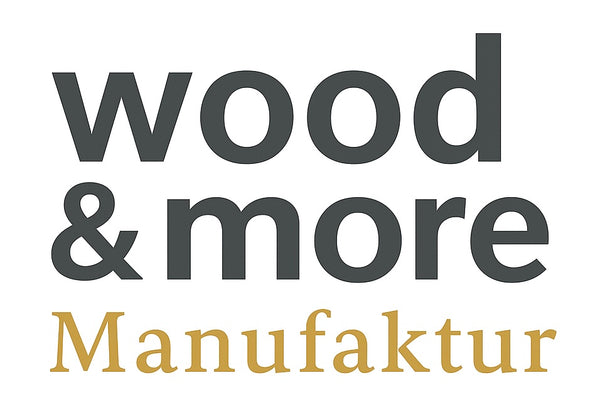
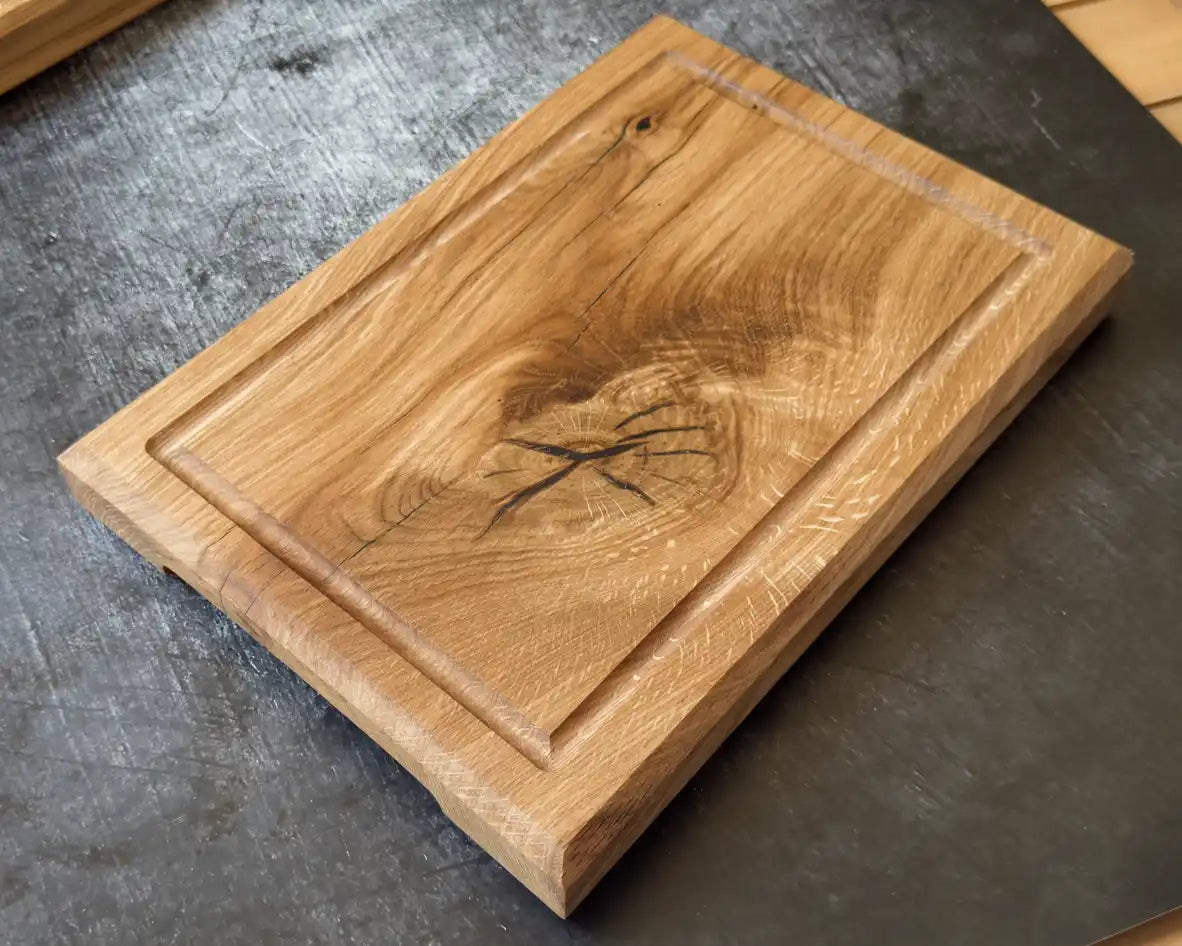
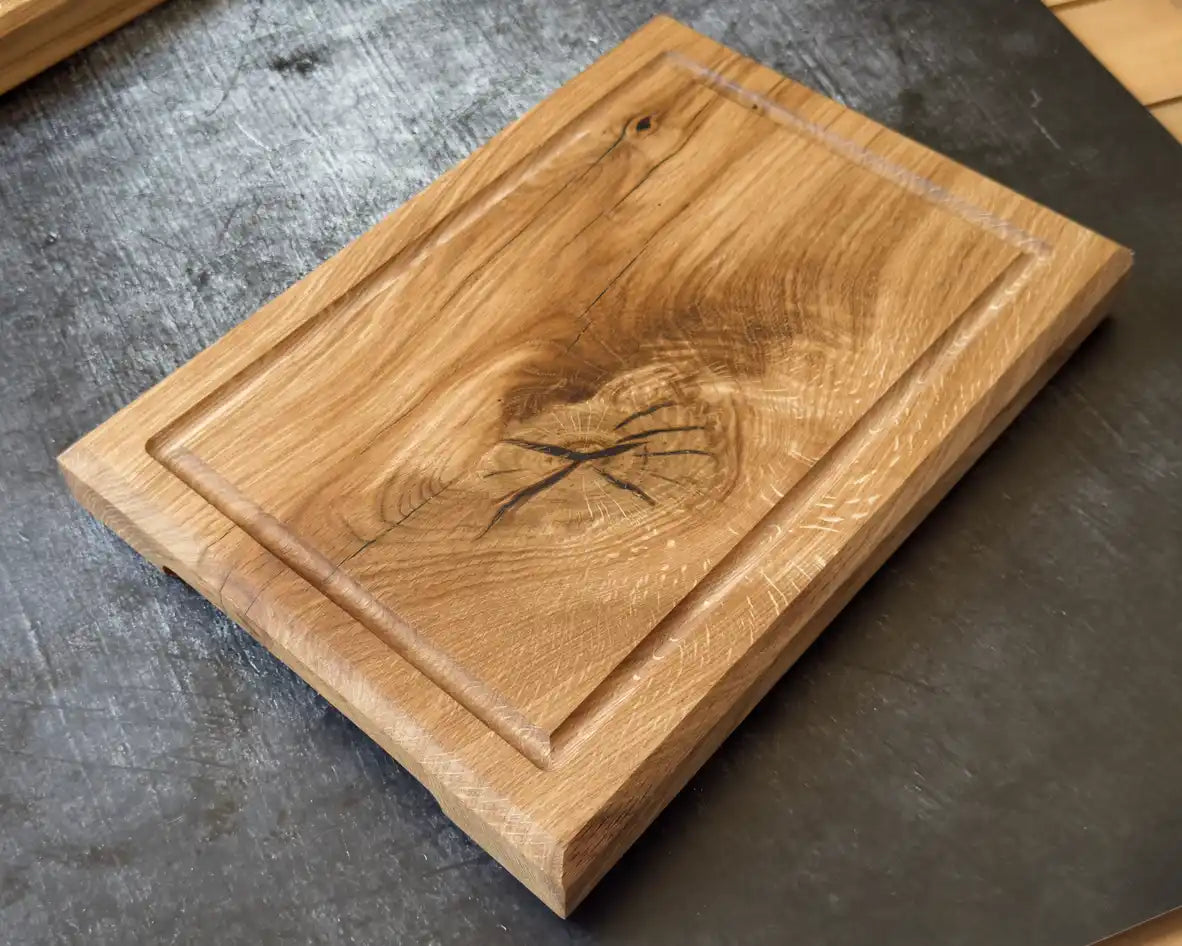

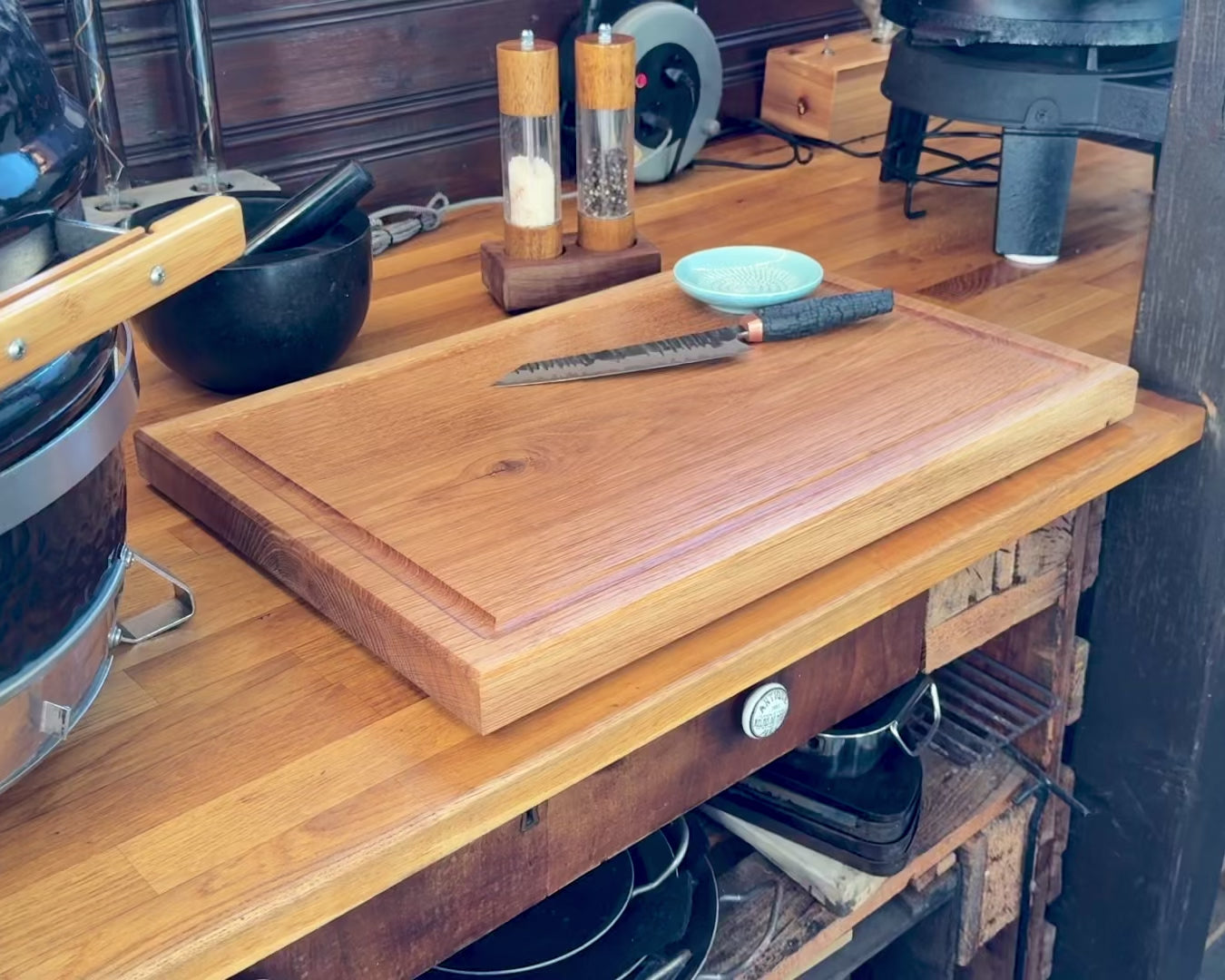














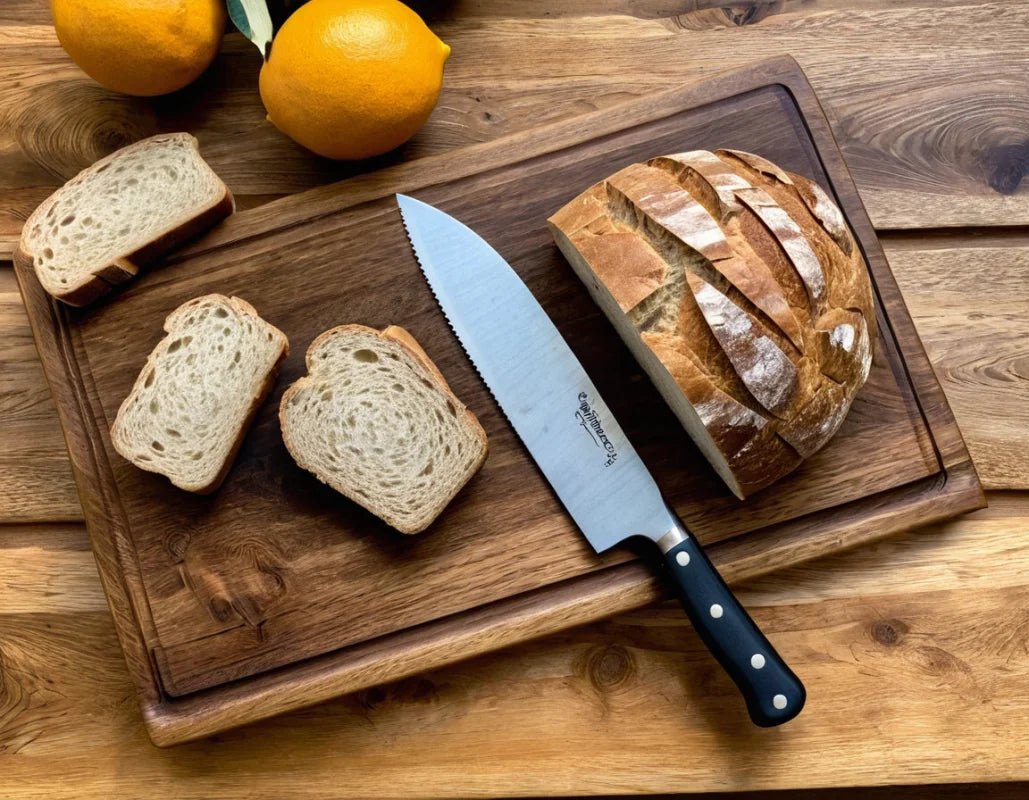
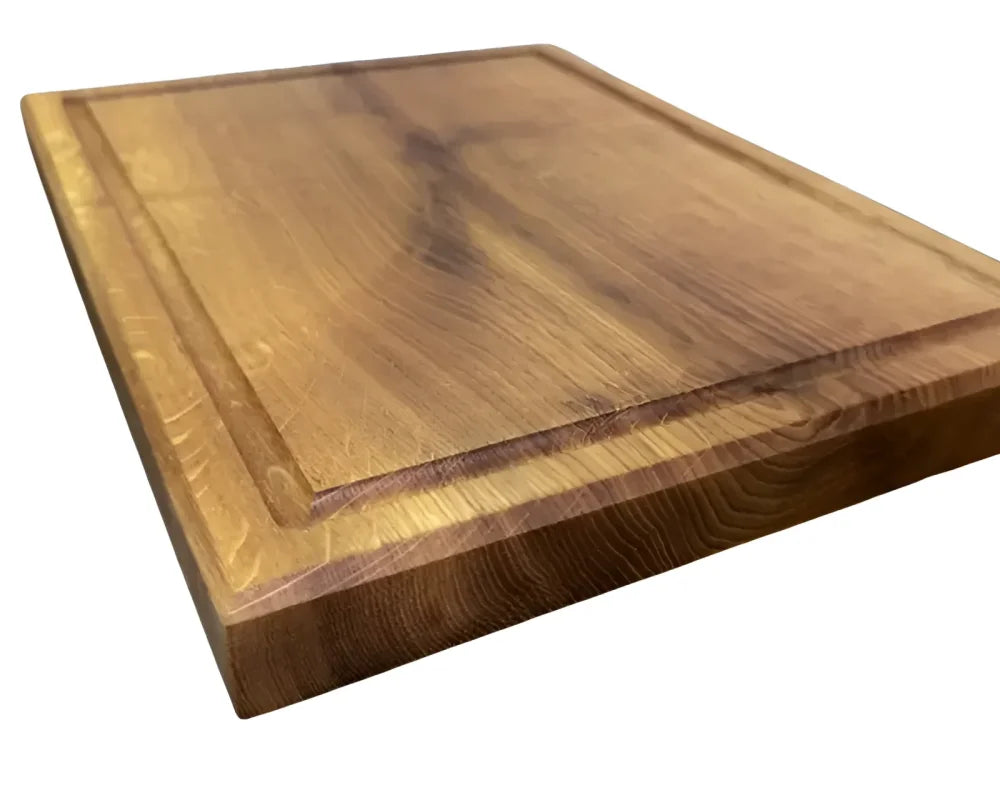
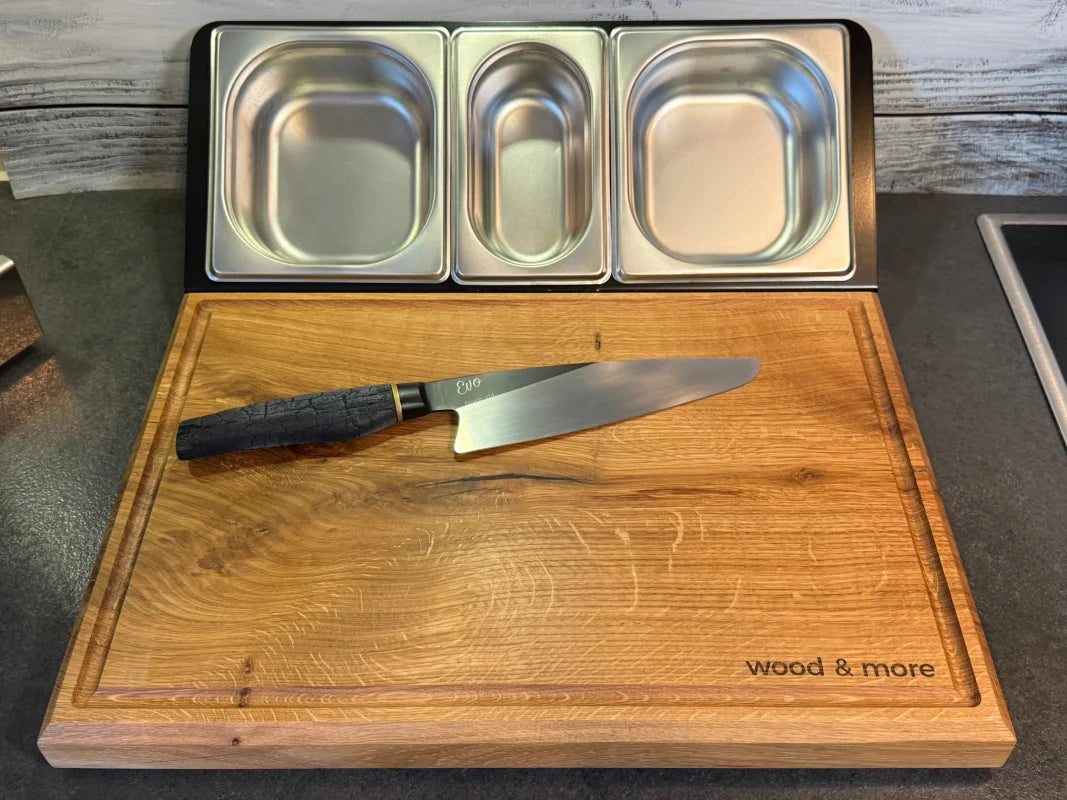
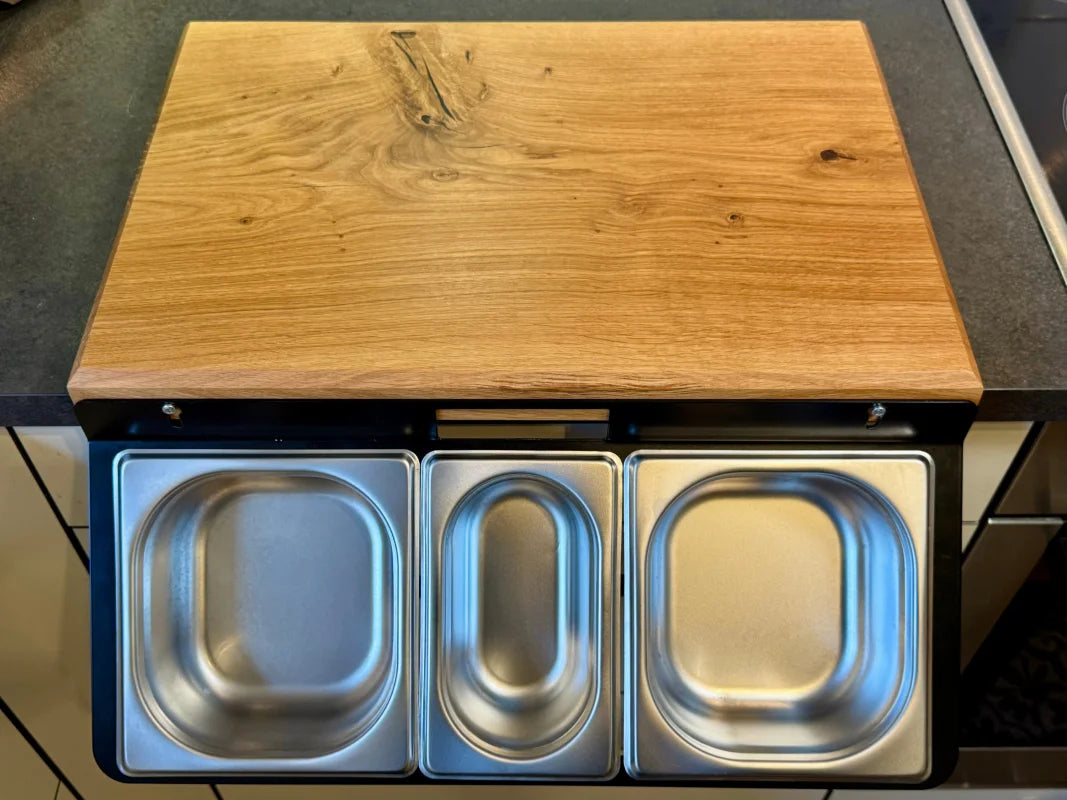
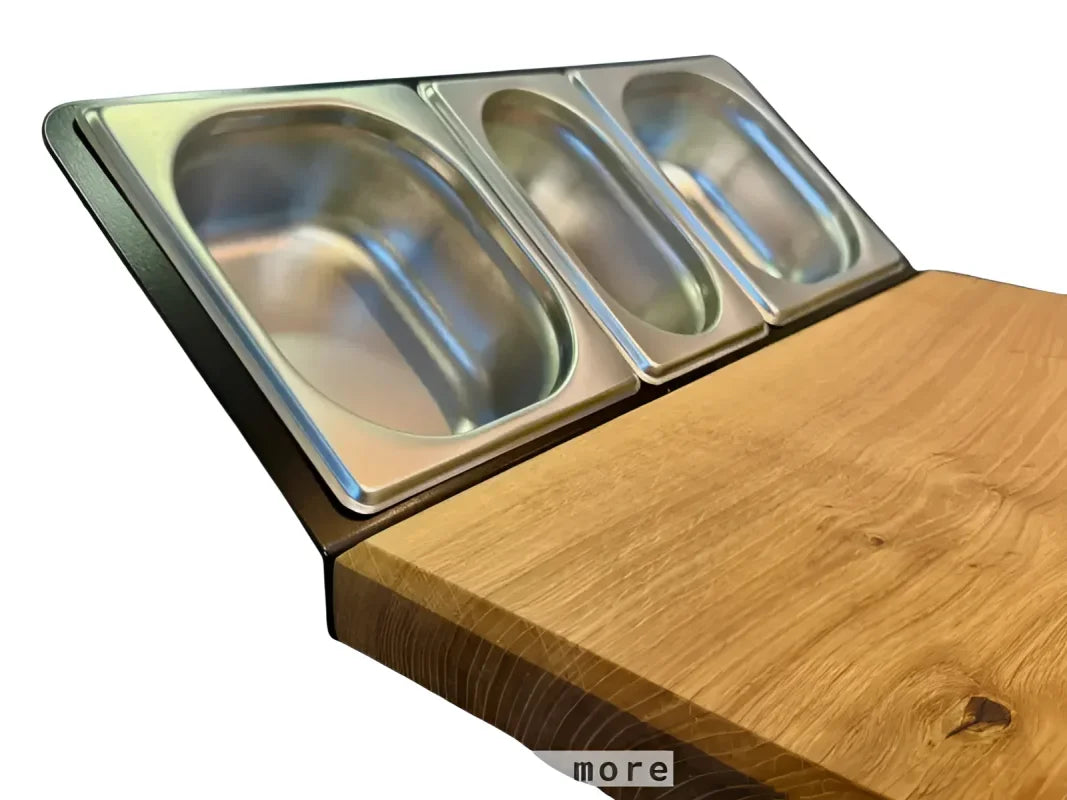












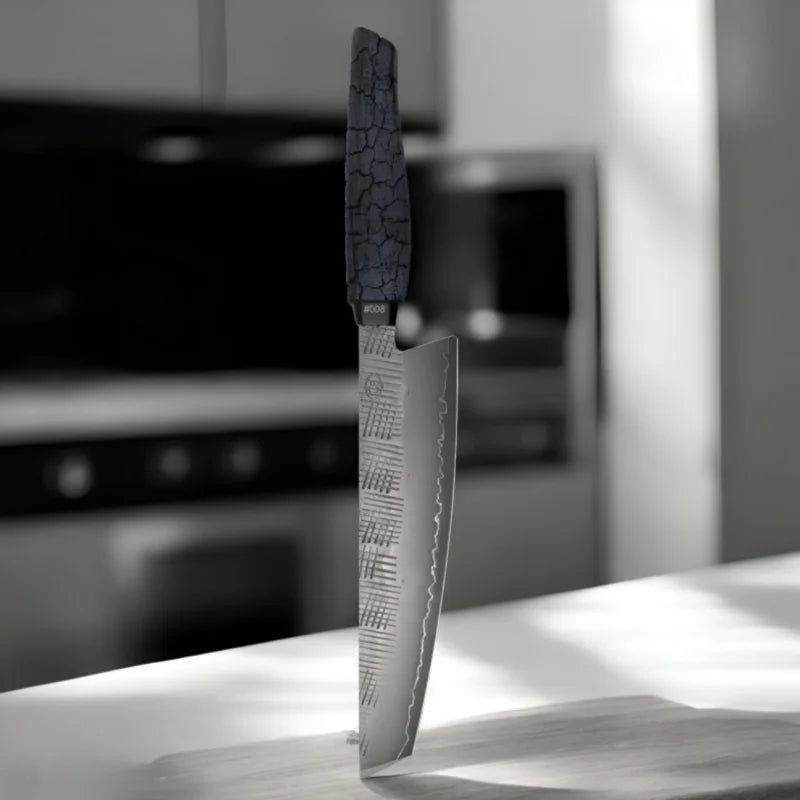
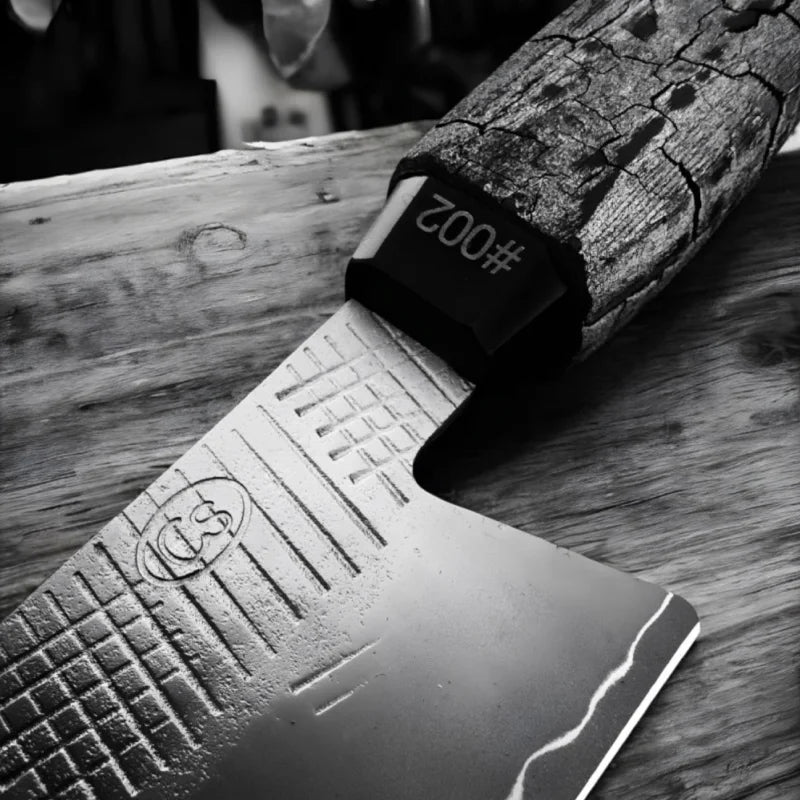
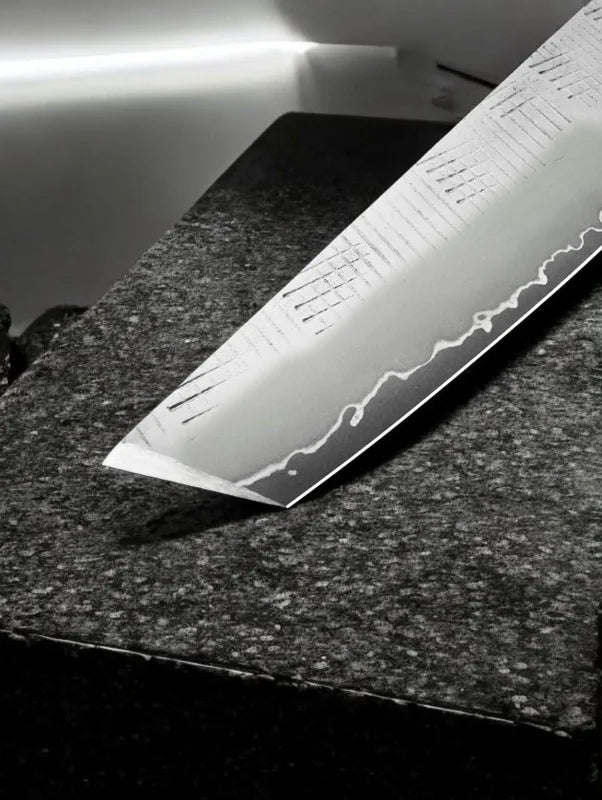









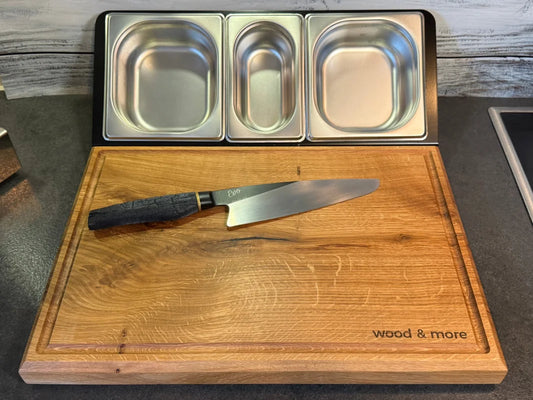
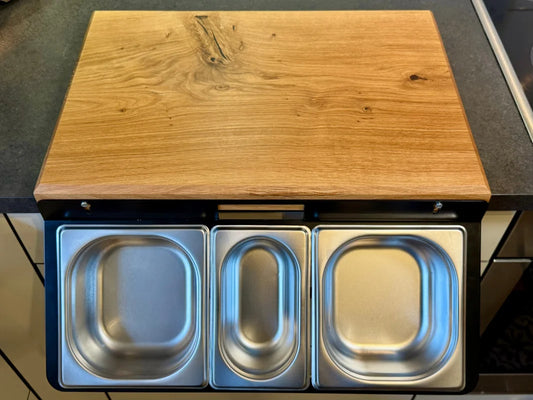 >
>
 >
>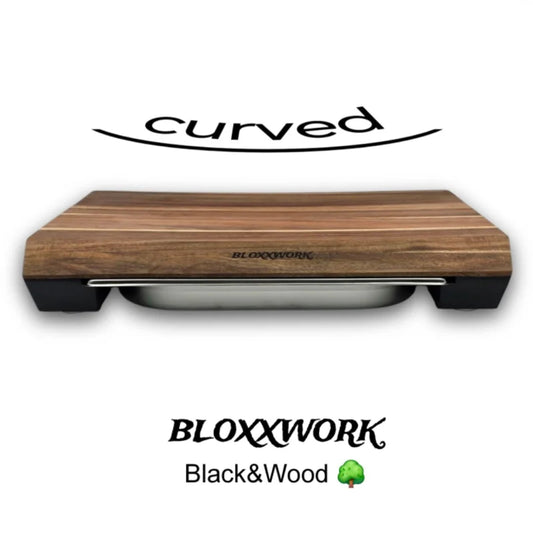
 >
>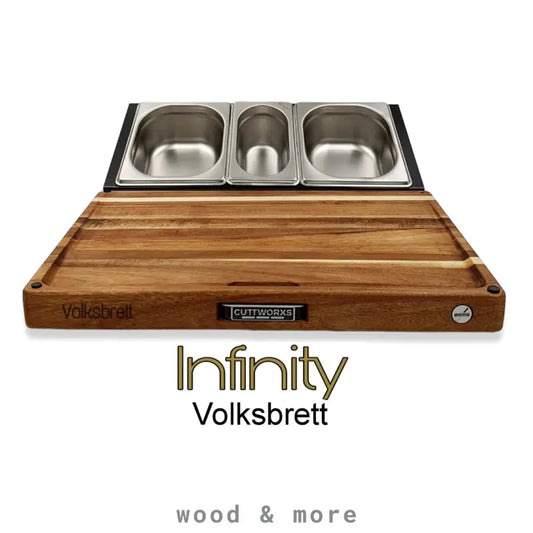
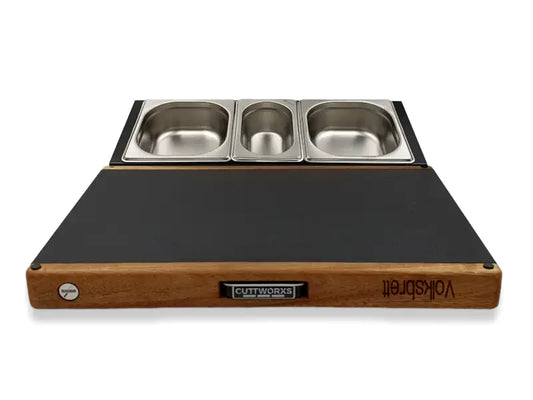 >
>
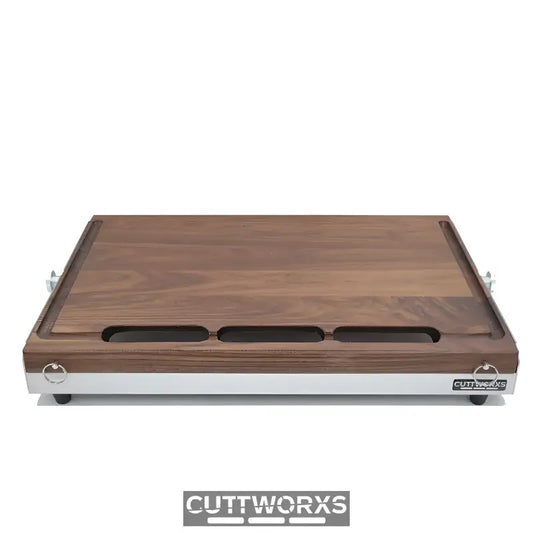 >
>
 >
>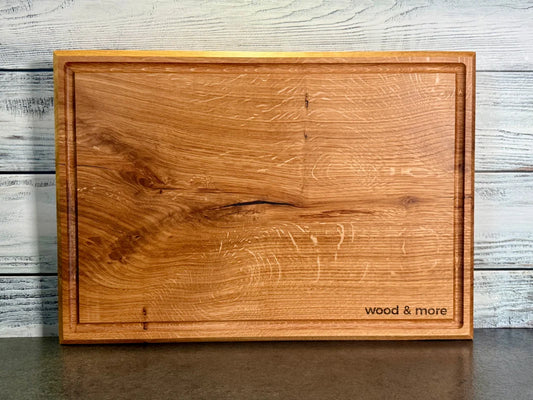
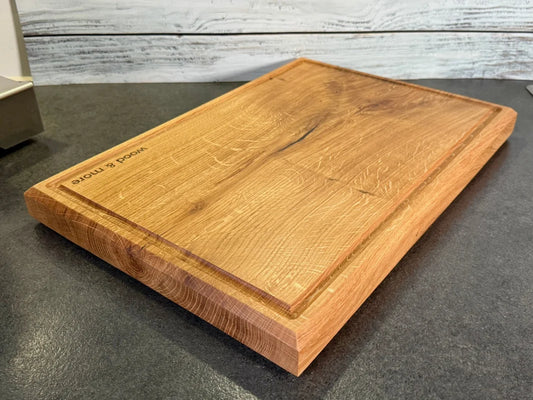 >
>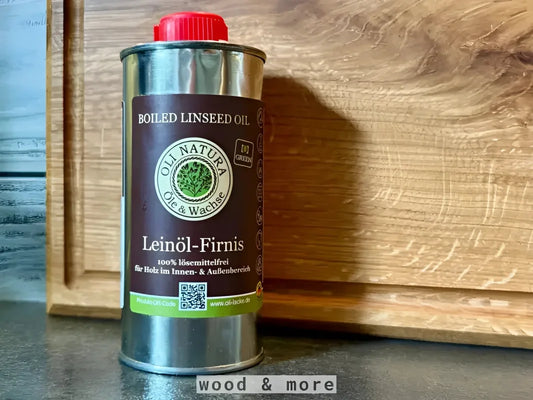
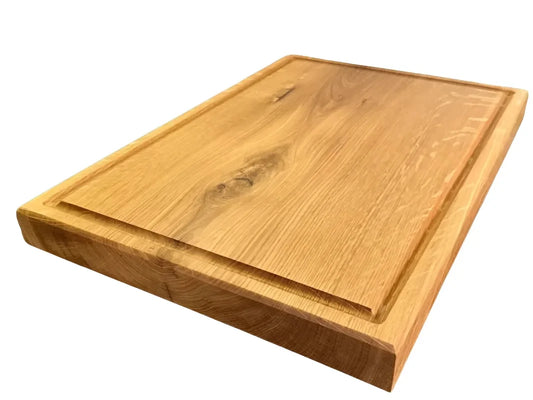 >
>